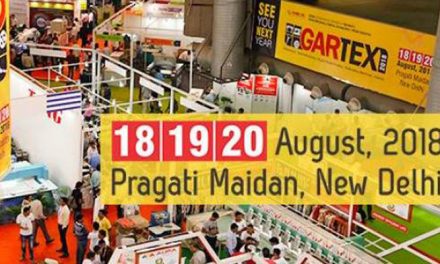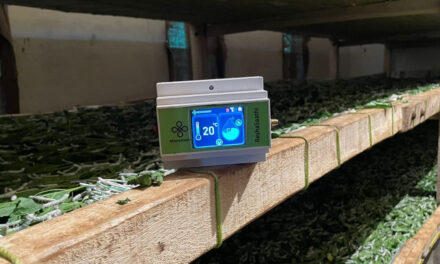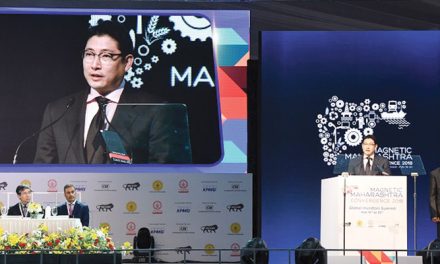 India has signed several FTAs in the recent past. Has the trade been able to utilize these and take the intended benefits of these? Given the growing relevance of more awareness and knowledge for the industry to leverage the FTAs effectively, CITI has partnered with Lakshikumaran and Sridharan, law firm specialists in Customs and International Trade, for a series of webinars to look into the various provisions and opportunities that the FTAs offer and how to leverage them. The first webinar in this series of webinars – Utilizing Free Trade Agreements to Grow Export Opportunities was held today.
India has signed several FTAs in the recent past. Has the trade been able to utilize these and take the intended benefits of these? Given the growing relevance of more awareness and knowledge for the industry to leverage the FTAs effectively, CITI has partnered with Lakshikumaran and Sridharan, law firm specialists in Customs and International Trade, for a series of webinars to look into the various provisions and opportunities that the FTAs offer and how to leverage them. The first webinar in this series of webinars – Utilizing Free Trade Agreements to Grow Export Opportunities was held today.
Today’s webinar covered the framework of the FTA’s especially with regard to rules of origin and tariff/non-tariff notifications that the units should look into before they take a decision on importing from or exporting to an FTA country. More awareness of not just the country but also the tariff and non-tariff conditions and product-specific rules are important for successfully utilizing the FTA’s.
T Rajkumar, Chairman, CITI appreciated the commitment of our Government to not only expand the Indian markets but also attract more FDI which comes with FTAs and leads to technology transfer, job creation, and economic development of the country. The Chairman opined that it is a matter of pride that India has signed 13 FTAs in the last five years including the India-Mauritius Comprehensive Economic Corporation and Partnership Agreement (CECPA), India-UAE Comprehensive Partnership Agreement, and India-Australia Economic Cooperation and Trade Agreement.
He opined that there is a concern that we have not been able to leverage FTA’s and hence we would like to sensitize the industry on this issue and have more stakeholder discussions on how to leverage the FTAs, especially for the Textile and apparel sector as India has immense potential to capture a major market share in these countries.
He highlighted the status of the Japan, Korea and UAE FTAs where India signed CEPA with Korea in 2010. Since last 10 years Korea’s T&A imports from the world have increased at a CAGR of 4% to reach US$ 18.8 bn in 2022 while from India, it has increased at a CAGR of just 0.2% to reach US$ 0.37 bn. Moreover, India’s share in Korea has been hovering in a range of 2-3% during the last 10 years starting from 2013.
Similarly, India signed CEPA with Japan in 2011. During 2022, Japan imported T&A products worth about US$ 35.4 bn from the world, India’s share in which was a minuscule 1%. Moreover, India has not been able to increase its market share in Japan which since 2013 is still about 1% only.
India-UAE Comprehensive Partnership Agreement which came into force on May 2022. During the financial year 2022-23 (Apr- 22 to March 23) which consists of 10 months of FTA period, India’s total merchandise exports to UAE increased by 12.7% as compared to the financial year 2021-22 while for Textile & Apparel India’s exports to UAE declined by about 21.6% during the same period
To conclude, we as an industry should align ourselves with the partner country, be it Supply Chain Management, be it institutional partnership or any type of cultural ethics. The industry must be at the forefront of adhering to the compliance and sustainability requirements of the FTA countries besides maintaining global quality standards, astute business models, and competitive pricing. The more we engage ourselves with the partner country, the more we will be able to reap the benefit of a greater partnership with the country.


















